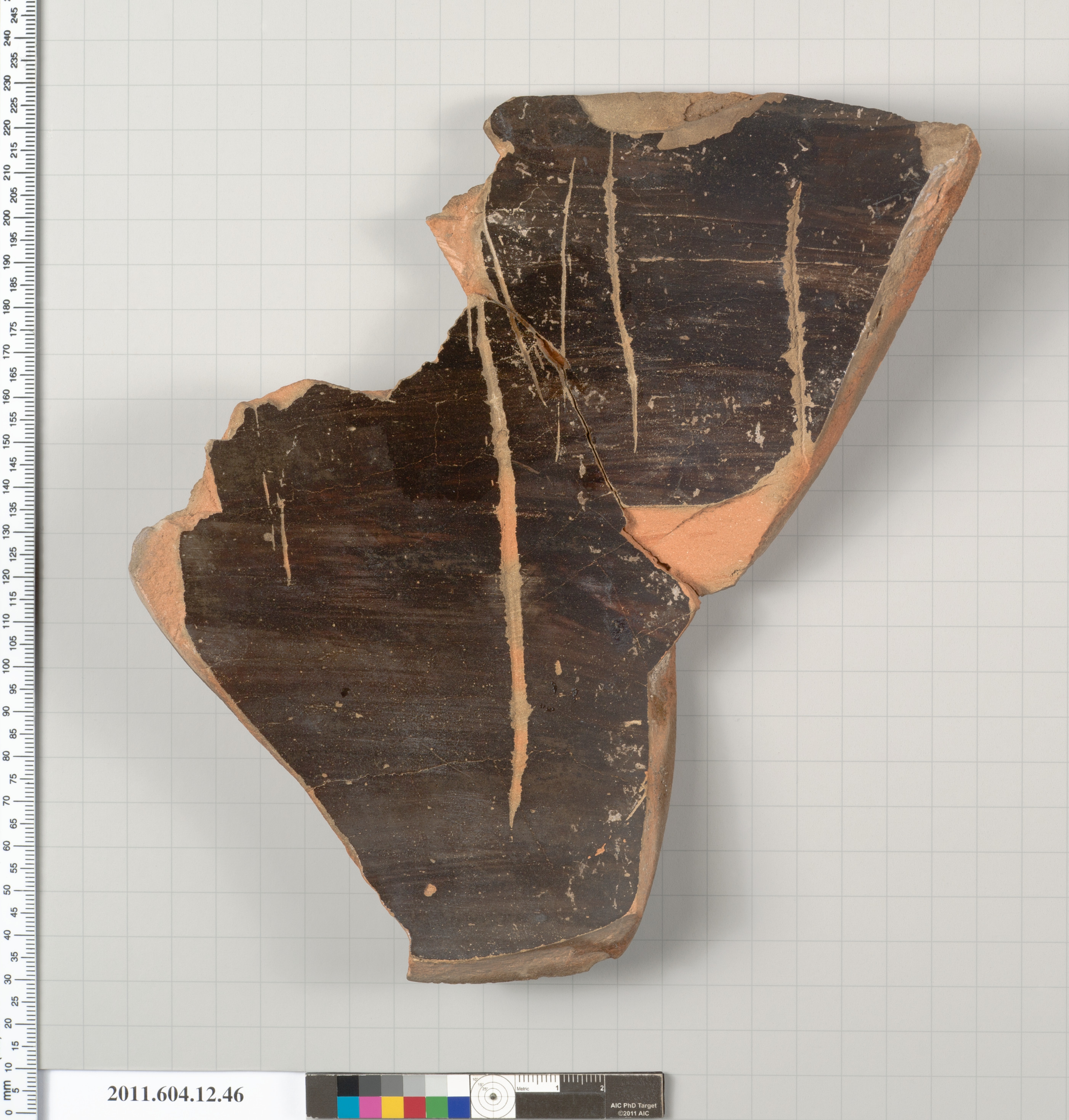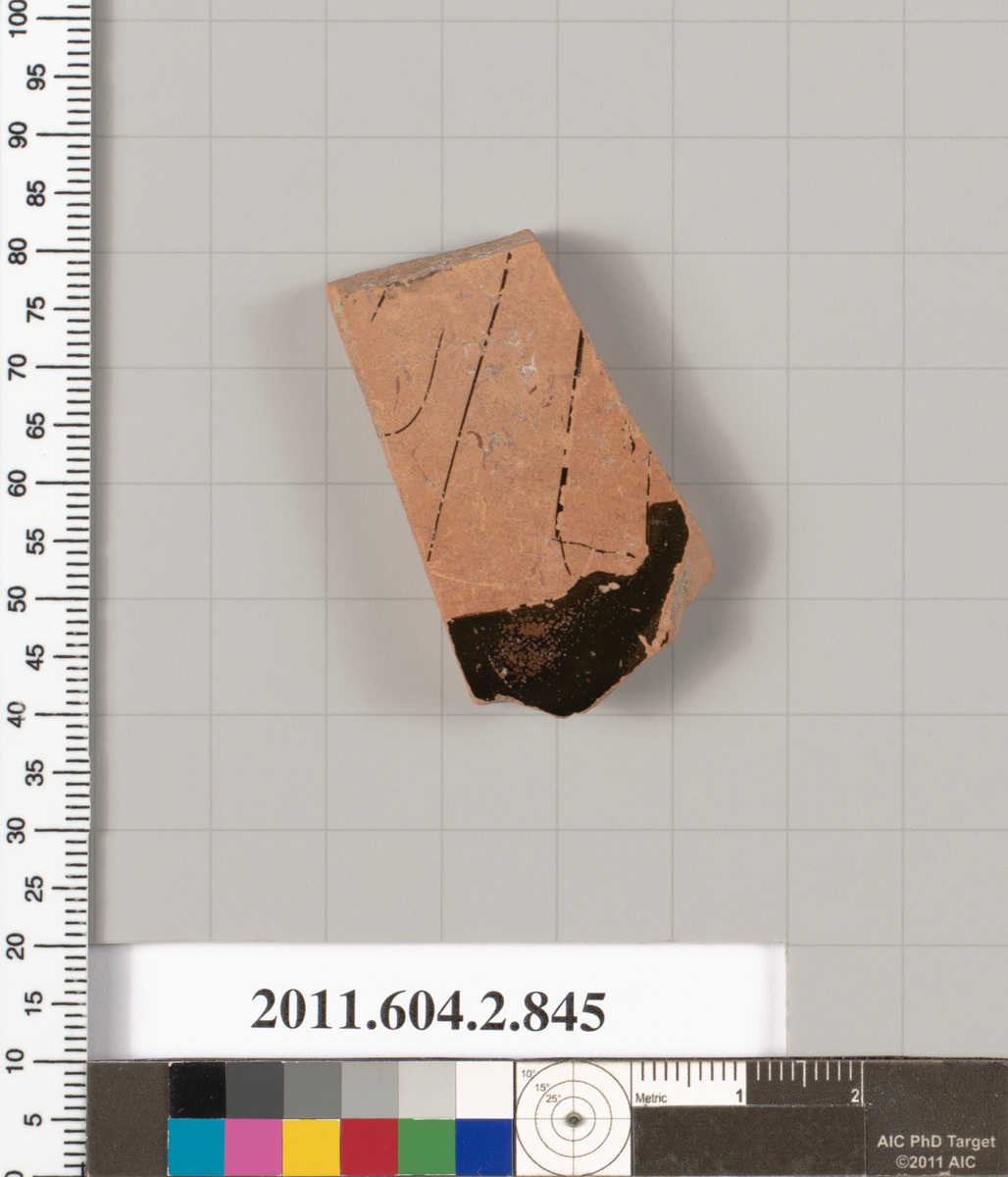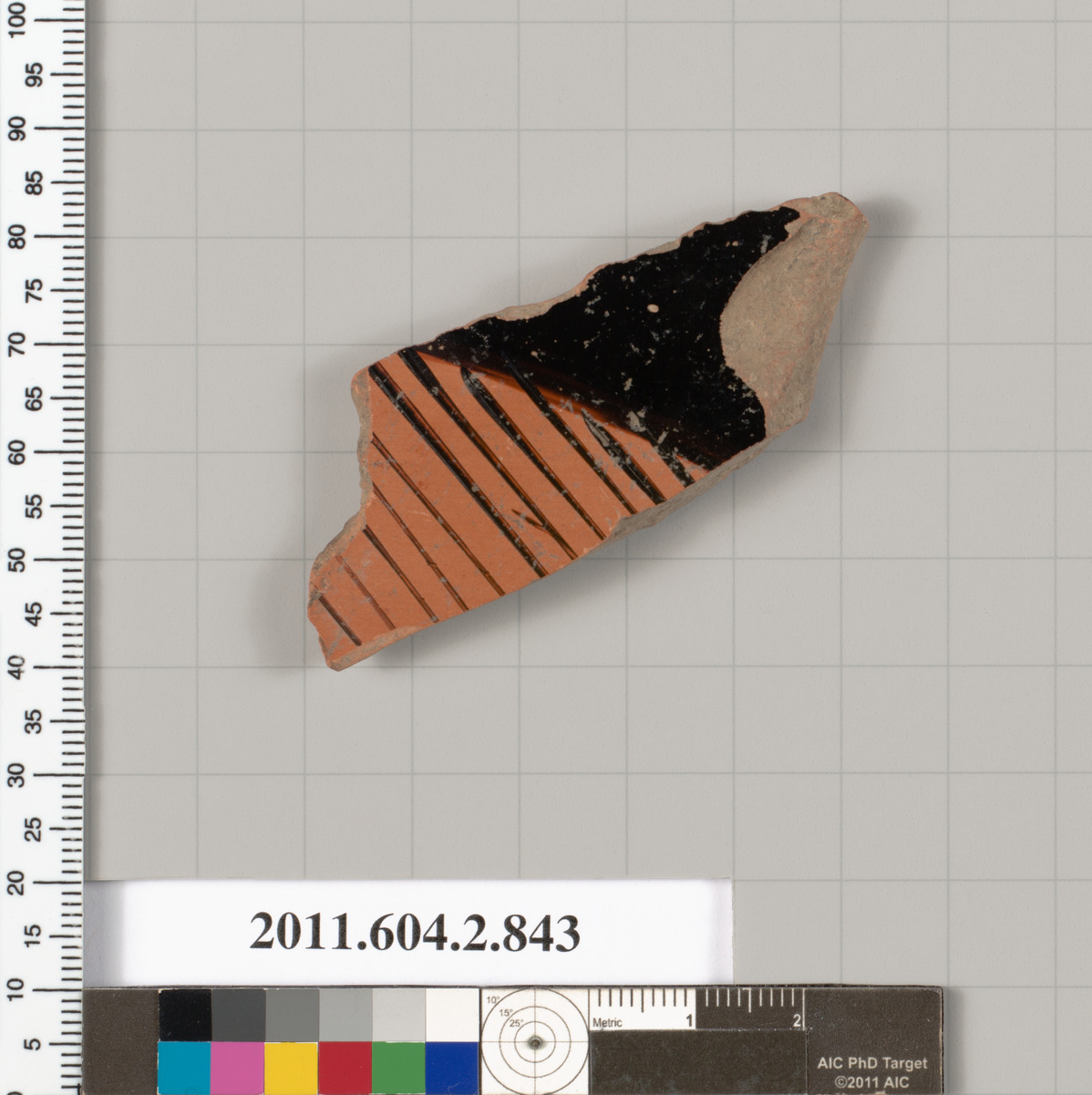

Weekly lectures in each subject, as well as small discussion sessions.

Undergraduates in Directed Studies haven’t just registered for a demanding set of courses: they’ve assumed a lifestyle. “We had some really wonderful technological experiences, but it’s just not the same.”

“Welcome back to in-person Directed Studies,” Matheson began, noting that last year’s gallery talks had to be held virtually. As she has done each year since 1994, when the museum acquired the krater, Matheson was here to introduce the vessel - what she has called “the most important South Italian vase in the Yale collection”- to the students, all of whom are enrolled in the Directed Studies program, an intensive program for first-year students in foundational Western and Near Eastern philosophy, historical and political thought, and literature. On top rested a 4 th-century BCE terracotta bell krater, a large, pedestaled black urn adorned with intricately rendered red figures.īehind the krater stood Susan Matheson, the gallery’s Molly and Walter Bareiss Curator of Ancient Art and an expert on vase painters in the ancient world. Wilson Gallery of Ancient Art in the Yale University Art Gallery, unfolding stools in front of a table cushioned by a thickly padded blue blanket. On a rainy fall afternoon, nearly a dozen first-year undergraduates gathered in the Isabel B.


 0 kommentar(er)
0 kommentar(er)
